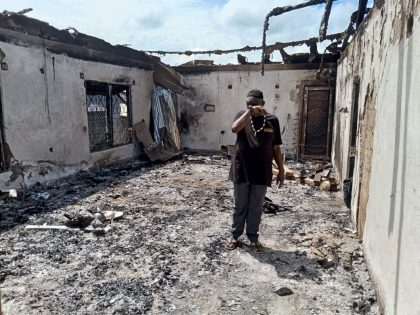Thank You, Associated Press

We published “Neymar and the Disappearing Donkey” (to coincide with the World Cup in Brazil) on June 17th. The story included a list of race-colors from a 1976 study done in Brazil. On June 22 the big-time news agency AP published a “story” which basically consisted of the list. That story’s been repeated /shared / published / syndicated in a lot of places. Here’s the problem: the AP list is our list: it was originally translated by Lilia Moritz Schwarcz from University of Sao Paulo (who has done lots of work on race in Brazil) and edited by Achal Prabhala (who wrote our piece) and published by AIAC. It’s the same list, down to the last word, including Lilia’s very specific language (‘burro quando foge’ translated as disappearing donkey, for instance) and Achal’s editing–he changed some of the original entries for brevity and clarity. So it’s interesting the AP’s editors think they can turn an AIAC essay into an “original” AP article without any attribution whatsoever. We’re just a small website that runs on zero money, and we guess AP thinks it’s fine to take our stuff. Though, of course, it’s not at all fine if you take their stuff (reference: Shepard Fairey).
UPDATE: The AP, after a silence of a few days, published an apology at the top of the “story.” Basically, they just can’t acknowledge that they took the post from us. The apology reads: “These English translations were published by the website Africa Is A Country, which says the translations were by Lilia Moritz Schwarcz of the University of Sao Paulo and edited by Achal Prabhala.” So we said, not it is the case. The AP knows what’s up, so we’ll leave it there.
* Image Credit: Screengrab from CBF video of Neymar after he was injured. That’s what we feel like right now.



















